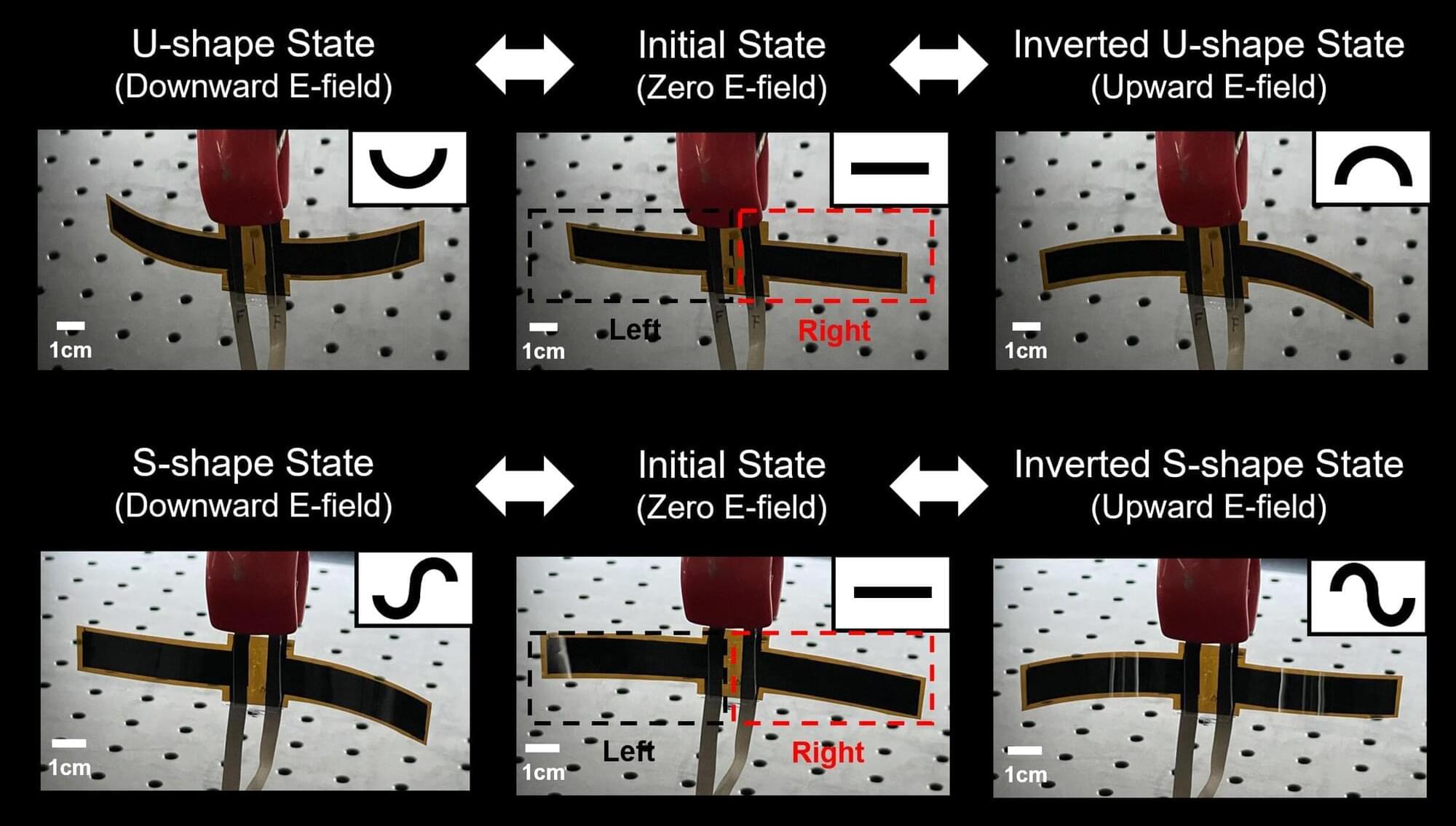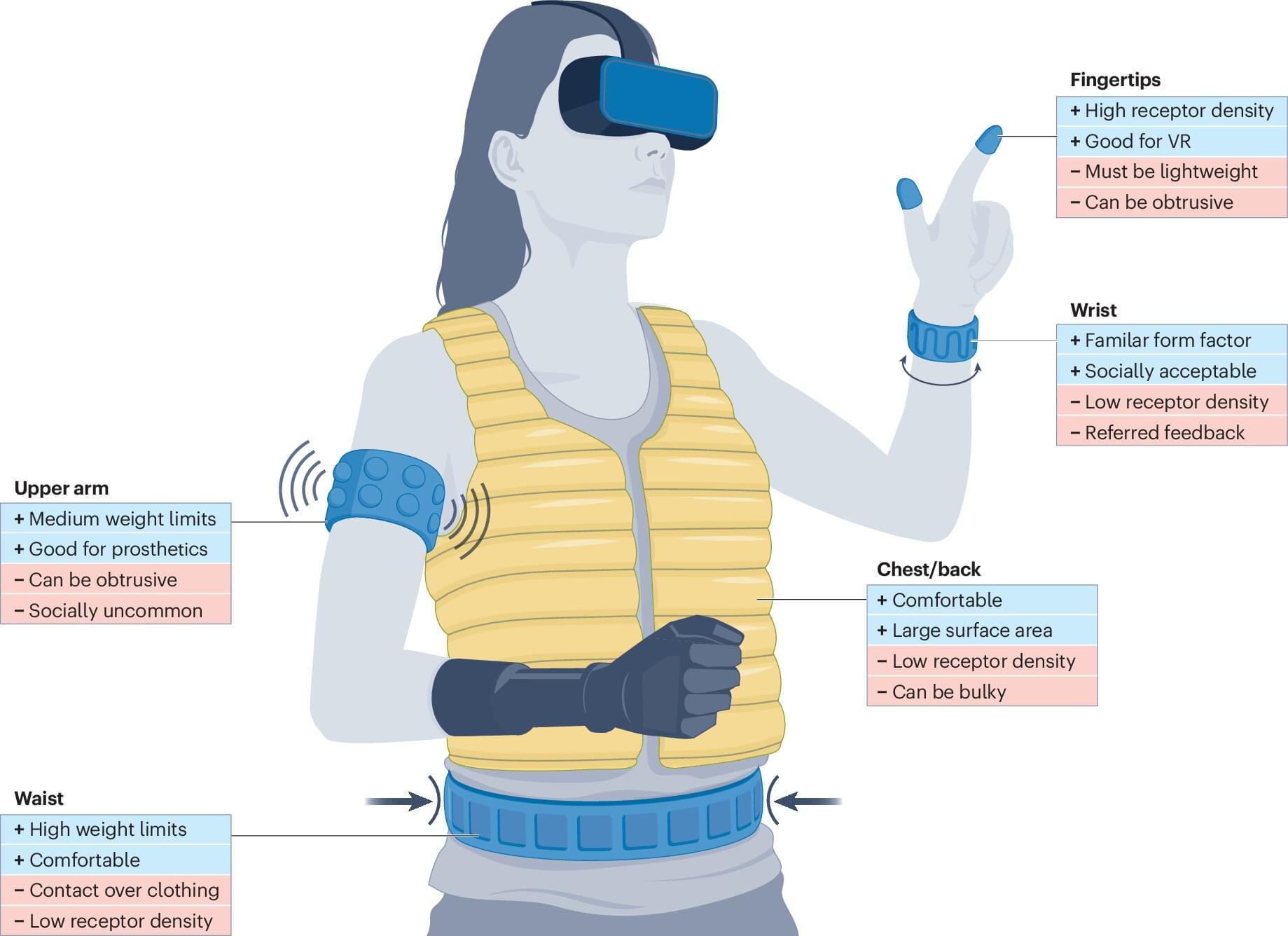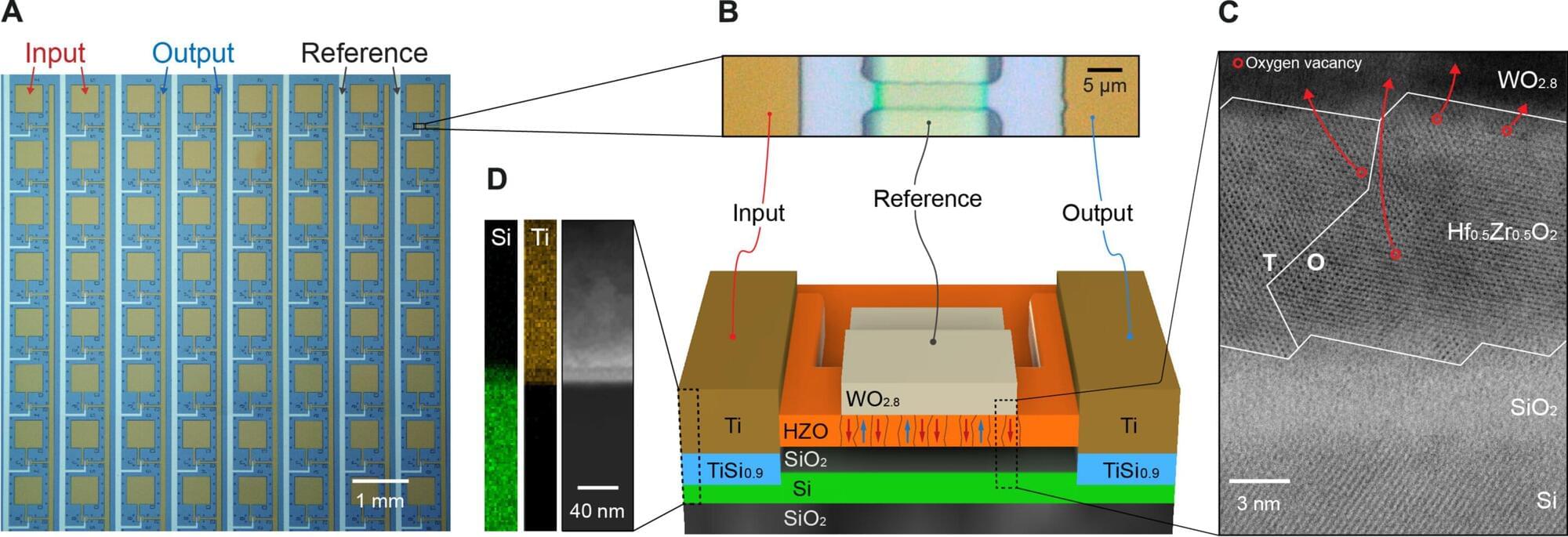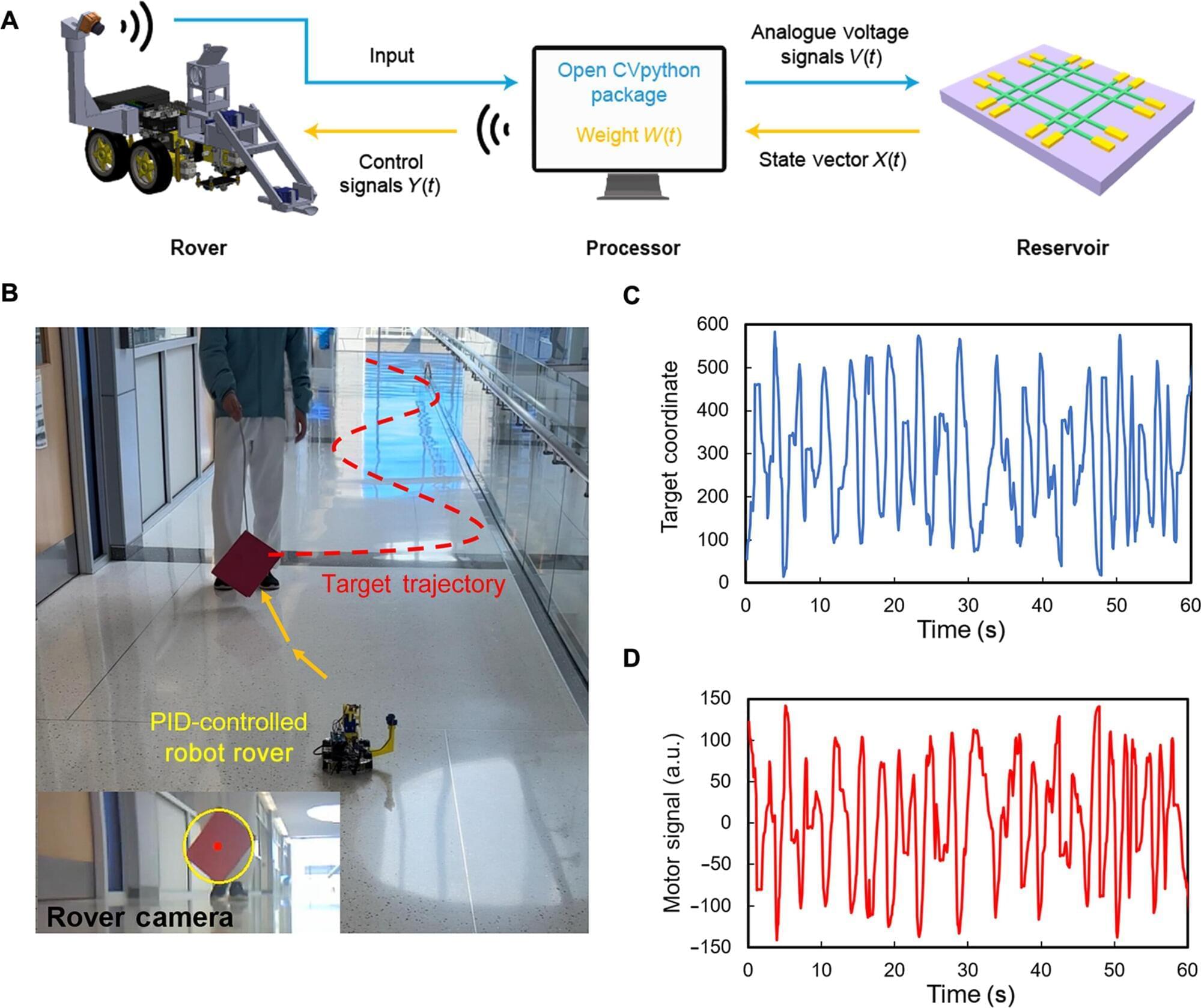A major breakthrough in liquid catalysis is transforming how essential products are made, making the chemical manufacturing process faster, safer and more sustainable than ever before.
Researchers from Monash University, the University of Sydney, and RMIT University have developed a liquid catalyst that could transform chemical production across a range of industries—from pharmaceuticals and sustainable products to advanced materials.
By dissolving palladium in liquid gallium the team, led by Associate Professor Md. Arifur Rahim from Monash University’s Department of Chemical and Biological Engineering, created a self-regenerating catalytic system with unprecedented efficiency.








